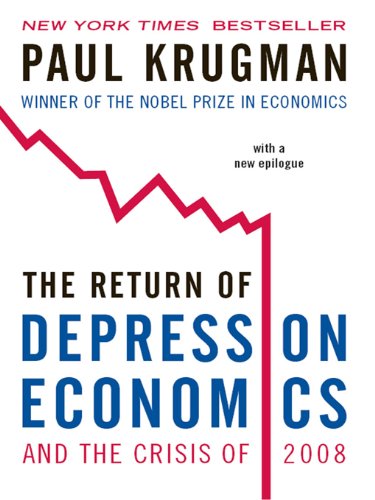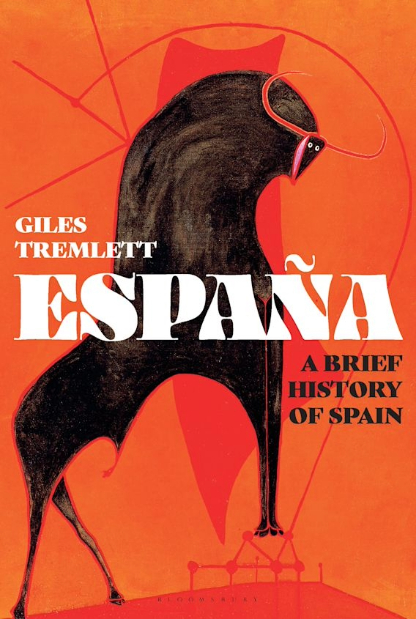Erdoğan Rising: The Battle for the Soul of Turkey, Hannah Lucinda Smith, William Collins, 2019, pp. 395, ISBN 978-0-00-830884-1
Speaking in Ankara two weeks ago before heading off to Washington, Erdoğan repeated his oft-cited threat to allow the refugees to come to Europe. He was responding to the rebuke by the EU concerning Turkey’s drilling off the coast of Cyprus when he said: “You may take this lightly, but these doors [to Europe] will open and these [ISIS] members will be sent to you. Do not try to threaten Turkey over developments in Cyprus.” That this threat is a credible one speaks volumes about the EU’s stance towards the refugees. Time and again, Erdoğan used it to leverage his position with the EU. His ability to do so falls solely on the EU’s xenophobia and acquiescence to the far-right.
When Donald Trump sent a letter to Erdoğan warning him not to be a tough guy and a fool regarding Turkey’s plans to invade Syria, Erdoğan simply threw the letter in the bin. Regardless of the content of the letter by Trump, it speaks volumes that Erdoğan allowed himself such posturing. Indeed, one trait of an authoritarian personality is a strong belief in uncompromising power.
Hannah Lucinda Smith, moved to Antakya in 2013, a town on Turkey’s southern border with Syria, from London. At first, Smith was freelancing from one of the most dangerous countries for journalists in the world, but as things “turned darker and colleagues started to go missing at the hands of criminal gangs and Islamist militias”, she moved north to Istanbul where she took up a position as a foreign correspondent for The Times. Just about at the same time as her move to Istanbul, Gezi Park protests were unfolding. Already in that May 2013, people across Turkey were protesting against Erdoğan’s rising authoritarianism, and the accompanying police violence, lack of media freedom and freedom of expression. Yet, Smith states that upon her arrival in Turkey, Erdoğan was still tolerated as a borderline democrat. This was perhaps a consequence of her disappointment at having to move away from Syria, which contradicted her initial intent to cover Syria. Indeed, the book itself is really composed of two books, one dealing with Smith’s stay in Syria and her interviews there, and another, loosely connected, talking about Turkey and Erdoğan.
In Erdoğan Rising, Smith weaves her personal experience covering Turkey and Syria from 2013 to 2019 with a cogent examination of Turkey’s past and present. She describes Erdoğan’s rise from the late ‘80s and his forays in Islamist politics, his rise to head the conservative Islamist movement in the ‘90s, to his consolidation in power following the attempted coup in July 2016. It is a linear story of a tightening grip over democracy and the slow replacement of traditional institutions such as the Army and the refashioning of others, such as the cult of Mustafa Kemal Ataturk.
Smith calls Erdoğan “the original postmodern populist.” His 17 years in power have allowed him to develop his populist machinery, capable of withstanding attacks to his rule. Allying himself with whoever will provide an immediate gain in the relentless pursuit of power, he forged relationships with the liberals when he needed to attack the Army, with the secularists when he needed their votes, even working with the Gülenists when he needed to staff the institutions with his supporters. AK Partisi, which was the culmination of a process that sought to refashion politics that led to Erdoğan’s initial imprisonment, was the primary vehicle through which the clique came to dominate every aspect of Turkish society and economy. Alliances with wealthy businessmen, developing a line of pious entrepreneurialism, helped along the way.
Populism depends on the image that the leader works for the benefit of the imaginary and cohesive ‘people.’ An attack on the leader is, therefore, an attack on the people themselves. To maintain this paternalistic image in the age of information technologies and decentralization of sites of news production, a vast ‘spin-machinery’ is needed. Arter, a political marketing agency responsible for ‘Brand Erdoğan,’ played a central role in refashioning the image of the AKP and the Leader. Smith describes the relationship between Arter and AKP and the ways the former informs the governing patterns of the latter.
Of course, closing down and downright banning opposing outlets goes without saying. Smith rightly includes this in her analysis and mentions the targeting of Akin Ipek’s conglomerate, Koza Ipek, which was the umbrella organization for, among others, Bugün newspaper and Kanalturk TV channel, both opposition voices. Zaman was the biggest-selling title in Turkey, and in March 2016, the courts ordered the takeover of its parent company. With the editor and the chief columnist arrested, the paper turned pro-government overnight, leading to it to shutter. With Sabah and the Daily Sabah acting as the mouthpiece for the government and the AKP, the media landscape was now placed under Erdoğan’s control. This machinery quells internal dissent, as was the case with, as Smith calls it “Ahmet Davutoğlu’s political assassination.” It protects from corruption charges, as was the case with Erdoğan’s inner circle and his son in the ‘gas-for-gold’ scheme, which saw Turkey export billions of dollars worth of gold to Iran in return for a steady supply of Iranian natural gas, which also implicated state-owned Halkbank. Although the scandal resulted in a cabinet reshuffle, Erdoğan remained in power, unscathed. The failed coup then merely provided another excuse to purge the institutions and the society of all the opponents of AKP and Erdoğan. In a way, it is a natural continuation of a process that began long before that July 2016.
As Smith says, when she arrived in Turkey, she found “one cult of personality in the ascendant, alongside another in slow decline.” In elegantly written episodes, Smith describes the rise and fall of the cult of Ataturk and the way his legacy plays out in the daily lives of people across Turkey. She finds his portraits in coffee shops, in living rooms, sides of the mountains, and even attends a car procession with an Ataturk imitator. She traces how this cult has been used to legitimize those in power, as well as to justify coups against those who were deemed to have strayed away from his legacy and contributed to the Islamization of the State. Smith lucidly shows how cults of personality oppress and breed their own opposition, how the ideas that they represent include some and exclude others. Homogenizing nationhood excludes those who don’t fall within its orbit.
Smith’s Erdoğan Rising reads like an homage to her stay in Syria and Turkey. She beautifully captures their intricacies and horrors, weaving the personal and the general, between history and intimacy. The book is not so much a biography of a tyrant, as much as a political travelogue that takes the reader on a journey to Syria and Turkey, introducing them to a wide cast of characters that together make up their beauties and their horrors.




